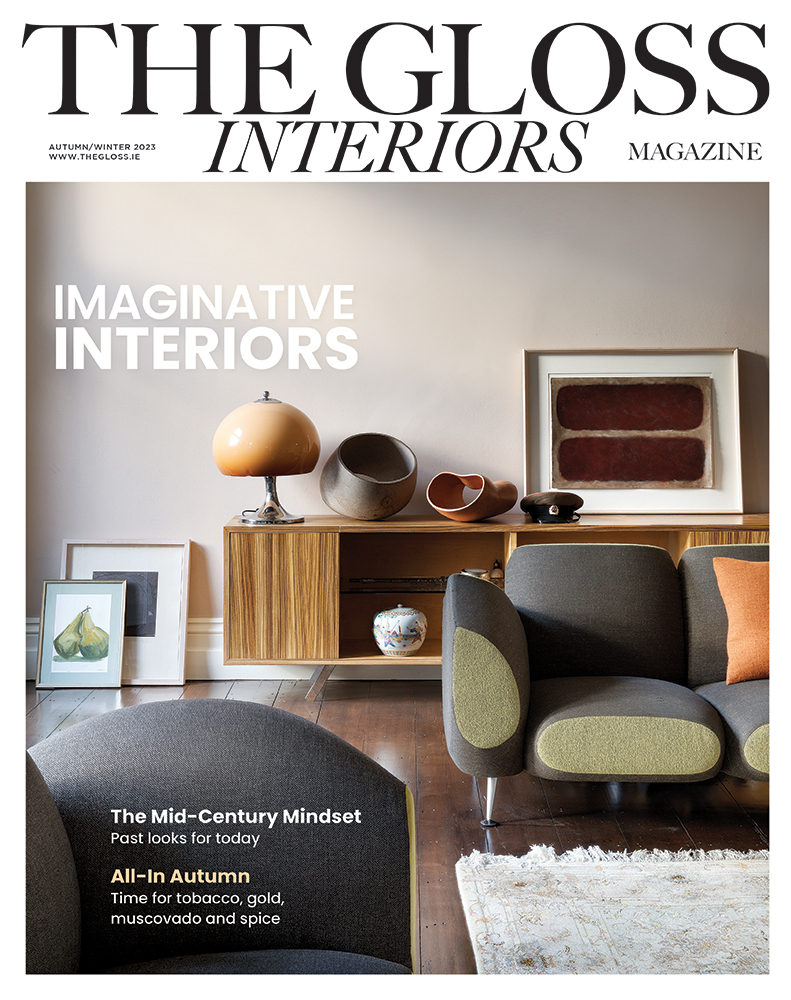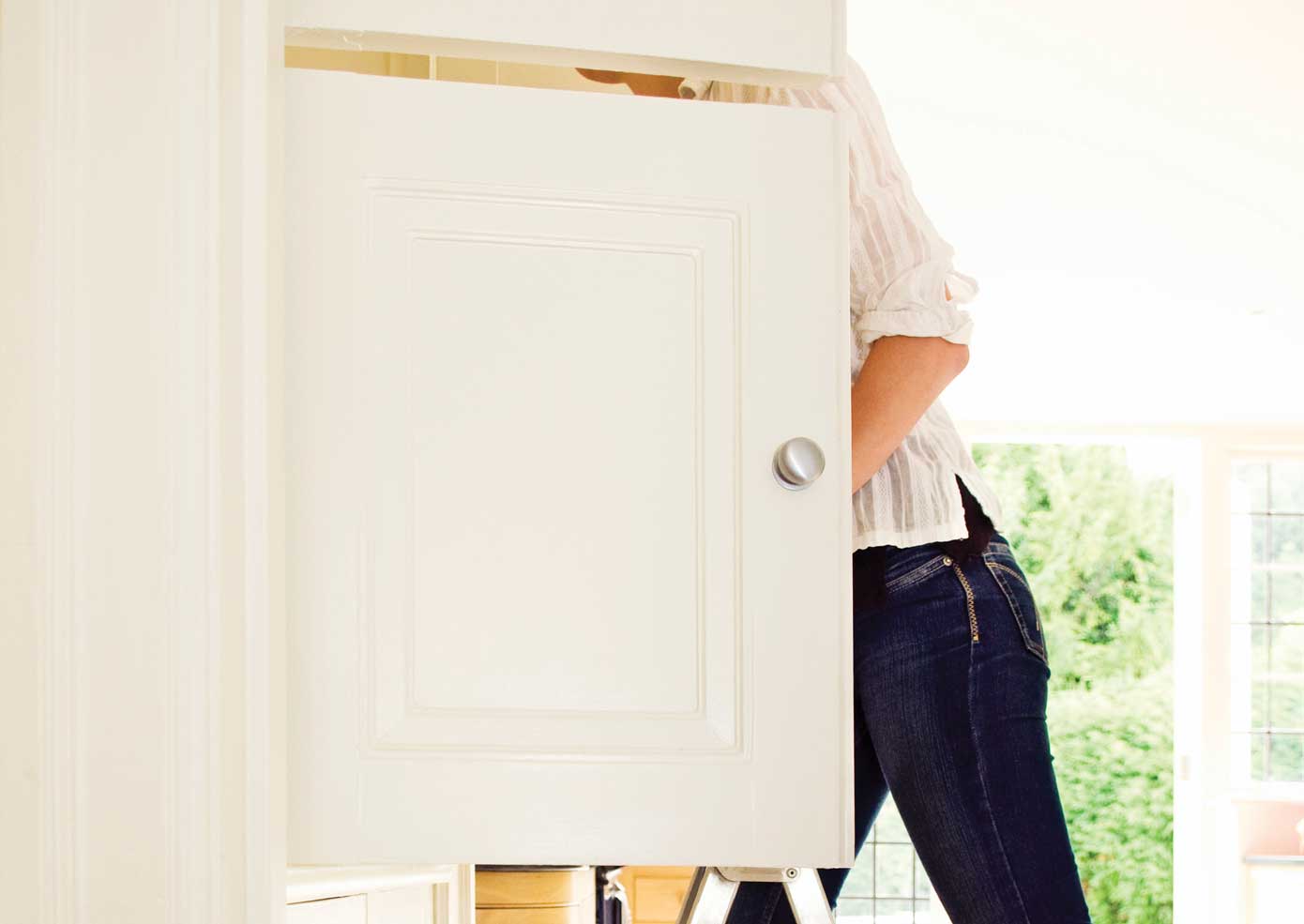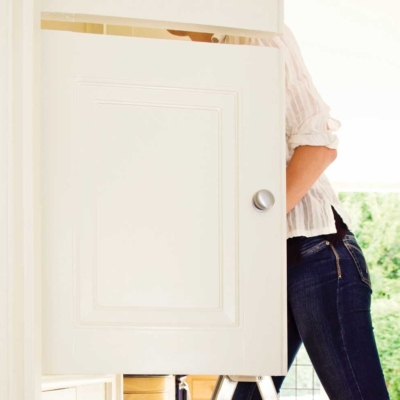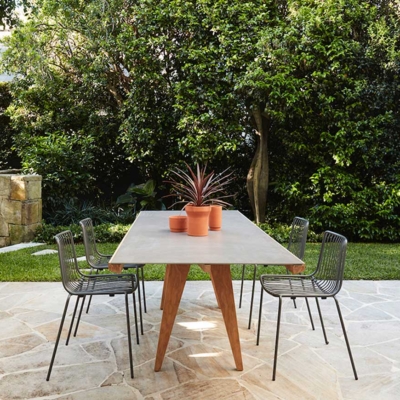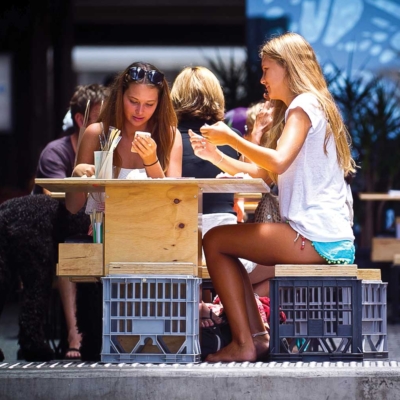Holly Hughes shares four ways to begin revolutionising your cupboard for the better – better for the planet, your wellbeing, and your wallet too …
With the arrival of the new year and our sudden urge to purge everything in sight for a brand new slate, it is time to tackle the dreaded kitchen cupboards and drawers filled with the obscure ingredients and exotic potions of lockdown eras: that long-forgotten yet once-hopeful time when we believed our culinary ability infinite and our time to explore it fleeting. Below are four ways to begin revolutionising your cupboard for the better. Better for the planet, better for your wellbeing, and better for your wallet too.
REUSE Too often, when we decide to divorce ourselves from plastic, we often believe our actions should be as dramatic as the news headlines proclaiming global extinction. We believe we must dump everything. Immediately. However, while eradicating plastic from our cupboards (and lives) is the end goal, often the most helpful and radical step we can take is to keep and reuse the plastic we have that already serves a purpose. The point is to stop waste, not to add to it in the attempt to purge our conscience. Takeaway containers can be upcycled as vessels for packed lunches (for the utopian days when we are no longer working from kitchen tables), leftovers (sparing the use of clingfilm and tinfoil and creating more efficient fridge space), and as storage containers for pantry staples such as oats, pulses, and grains. Ziplock bags can be reused limitlessly after a gentle wash in warm water and detergent. I use them to keep salad and vegetables fresh in the fridge, to store surplus suppers, berries, or bread in the freezer, or as refill bags for dried fruit, nuts, and seeds. Empty glass jars and pastes are also perfect ingredients for circular kitchen living. Upcycle these as containers for waste-free staples, homemade condiments, Instagram-ready breakfasts of overnight oats or elaborate coffee creations.

SWAP When you’ve reused and reimagined everything you already have, you can begin replacing exhausted items for sustainable alternatives. To prevent a cupboard overhaul from becoming daunting and expensive, I employ a swap strategy: when I finish an item, be it a bag of flour, a tin of beans, or a plastic utensil, I replace it with an eco-alternative. This is not only helpful when trying to opt out of our culture of convenience and disposability, it is also beneficial for the environment as it ensures we only ever buy what you need, instead of what we perceive yourself to need. If I pause to contemplate an object or ingredient before replacing it, I often discover I never really needed it in the first place.
My essential swaps will not only liberate you from plastic waste but are also increasingly available in mainstream stores (though I would always advise you support small businesses where you can!) Hemp or beeswax wraps, that stick to containers as plastic does, can replace clingfilm and tinfoil. These alternatives are all-natural, plastic-free, and compostable after their recommended twelve-month usage. Reusable and elasticised fabric bowl covers are another option, or you can DIY it with some cloth and an elastic band! Plastic bags can be replaced by biodegradable or cloth alternatives. Bamboo scrubs with replaceable heads or cellulose (plant-based) sponges can usurp the usual procession of disposable sponges. Plastic utensils can be succeeded by metal upgrades. Tins of beans or pulses are better replaced with loose, dry alternatives that you can buy and store in your upcycled glass jars or reusable bags. The same is true of plastic packets of grains, pastas, rice, and seeds, which you can buy organically, inexpensively, and in bulk. Buying in this way conserves space, saves plastic, and prevents waste. It also means you are buying whole, unprocessed foods that are better for your health and wellbeing and have the added benefit of a lower carbon footprint as their journey from farm to fork is cleaner and shorter than their processed counterparts.
FLEXITARIANISM This swapping approach I also find effective for cooking, where, instead of buying a whole bag of pecans for a recipe that requires a handful, or a strange kind of rare bean I have no call to use again, I simply replace it with something I already have. While we might think becoming an eco-goddess in the kitchen is about rigidity and diligence, I find it is more about flexibility and imagination. It’s about learning to look at what we have in our cupboards and how we can reuse them in different, more efficient ways. Rather than needing three individual pasta types, or five different kinds of nuts – each in their individual, non-recyclable plastic wrappers, I stick to one type that is most versatile for my cooking needs, alternating varieties with each replacement buy so I never get bored.
SMART STORAGE The cleaner, easier and more organised your storage space, the less waste you will create. Labelling, particularly if using glass jars or opaque containers, is a simple (and immensely satisfying) way to overhaul your drawers for cleaner, greener living. If you know exactly what you have then you know exactly what you need. This saves overbuying the extra bag of pasta or baking soda “just in case” that, by the time you ever get around to using it, will have spoiled. Let’s not forget, food waste currently accounts for six per cent of the world’s annual carbon emissions. In the marathon to make our homes and habits as sustainable as possible, I believe the kitchen cupboard is a great place to start. As we all know from the spatula that ends up in the laundry basket or the packet of biscuits that disappears only to be found, emptied, in the groove of the sofa, the kitchen cupboard is not a self-contained entity – its power permeates through the house. If its contents can end up everywhere, why not its sustainable ethos too?
LOVETHEGLOSS.IE?
Sign up to our MAILING LIST now for a roundup of the latest fashion, beauty, interiors and entertaining news from THE GLOSS MAGAZINE’s daily dispatches.

